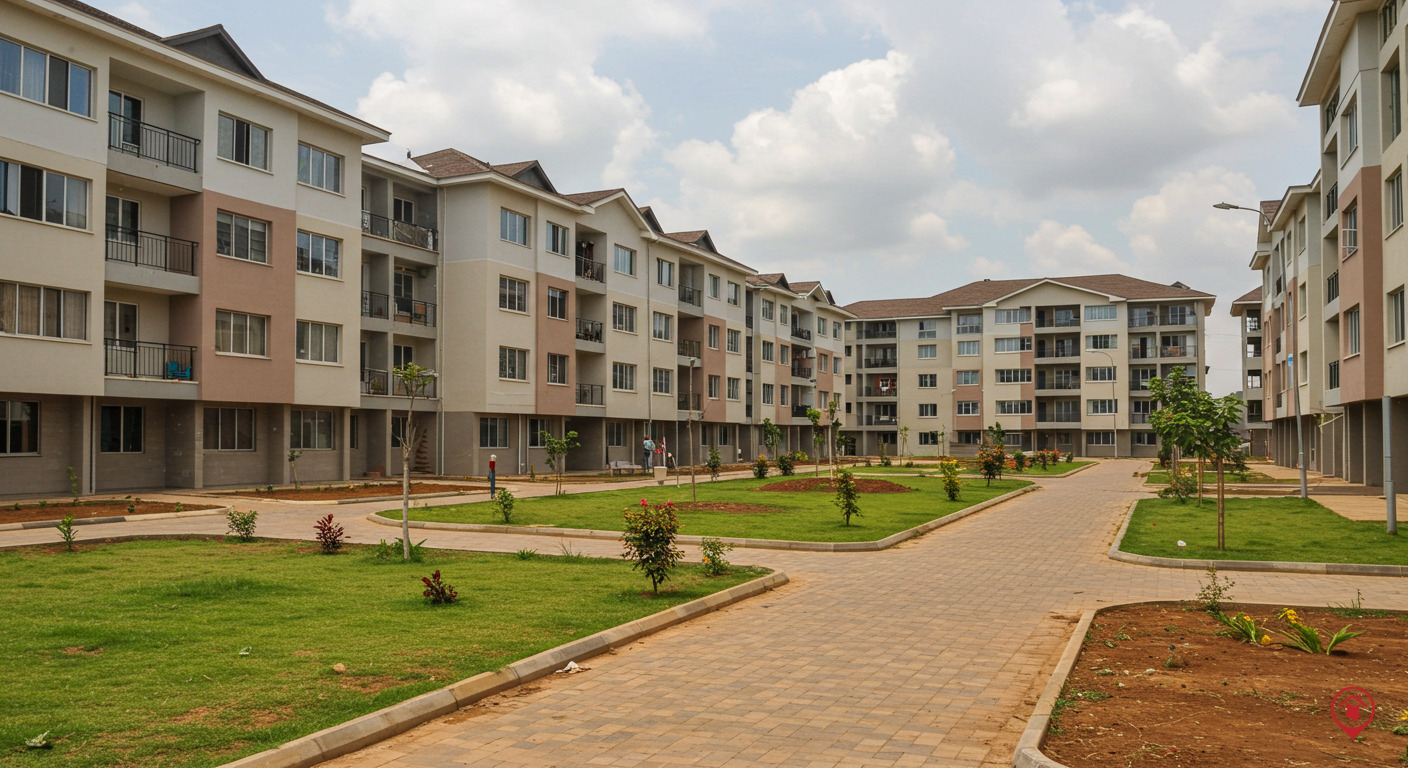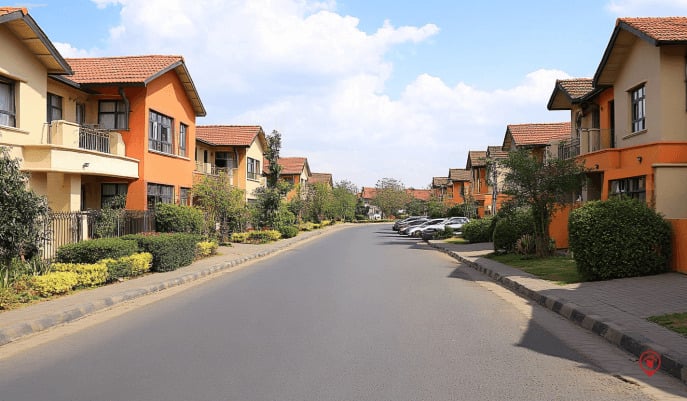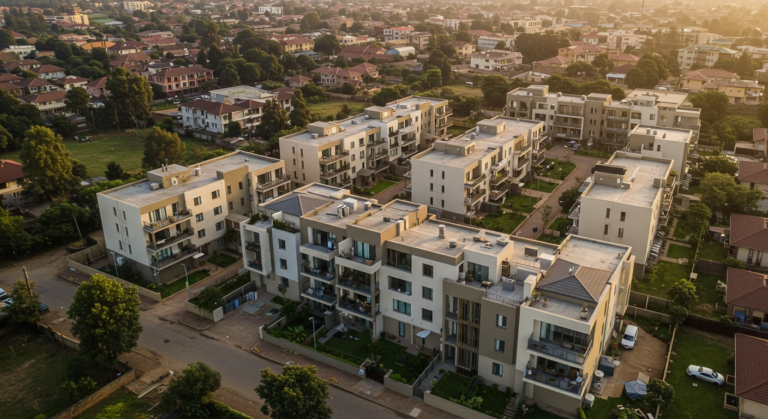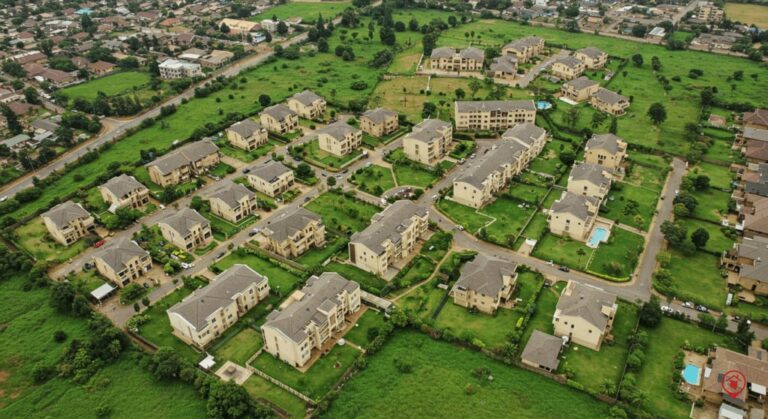Fixing the Affordable Housing Puzzle: What Kenya Can Learn from Global Models Like Singapore
- Affordable housing has become one of the most talked-about topics in Kenya today, and for good reason.
- If there’s one place we can learn from, it’s Singapore.
- We could also rethink the Housing Levy—what if every contribution you made brought you one step closer to owning your home, like in Singapore’s system?
Affordable housing has become one of the most talked-about topics in Kenya today, and for good reason. Our cities are growing fast, the cost of land is rising even faster, and for many Kenyans, owning a home remains just that—a dream. The government’s Affordable Housing Programme (AHP) is an ambitious response to this crisis, with a goal of delivering 200,000 housing units per year. But on the ground, the uptake tells a different story.
READ ALSO: Kenya’s Affordable Housing: Progress and Challenges in 2025
Are The Houses Really Affordable?
Let’s be honest, while the AHP houses are priced lower than market rates, many still don’t feel affordable to the average Kenyan. A one-bedroom unit might require a KES 64,000 deposit and monthly payments of around KES 6,000. For someone earning KES 30,000 or even 40,000 per month, that’s a big chunk of their income. So although the homes are labelled “affordable,” the real question is—affordable to who?
There’s clearly a disconnect between how these houses are priced and what most people can actually afford. And that disconnect is costing the programme its trust.
The Financing Gap
Financing is another major hurdle. The Kenya Mortgage Refinance Company (KMRC) has made home loans more accessible by offering interest rates below 10%. That’s progress. But these loans are mainly available to people in formal employment earning up to KES 150,000 a month. What happens to the millions of Kenyans working in the informal sector, people who may not have payslips but still have the ability to repay a loan?
Even for those who qualify, raising the initial deposit, sometimes as much as KES 100,000 or more, is a real challenge. So while we’ve made strides with financing, we’re not yet inclusive enough. And without broader access to credit, uptake will remain slow.
So What’s Working Elsewhere?
If there’s one place we can learn from, it’s Singapore. The country runs one of the most successful public housing systems in the world. More than 80% of its citizens live in homes built by the government through the Housing and Development Board (HDB). What’s their secret?
First, the government owns most of the land, which keeps costs down. Second, citizens use savings from a national pension fund (their version of NSSF) to finance their homes, often without paying a deposit out of pocket. Third, these homes aren’t just buildings, they’re part of planned communities, with schools, parks, and reliable transport built in.
It’s not perfect, but it works. And it shows that affordable housing doesn’t have to mean low-quality, far-flung, or half-baked. It can be dignified, central, and community-based.
What Can Kenya Adapt?
We don’t need to copy Singapore, but we can borrow some of their big ideas. For one, we could use public land for housing projects and issue long-term leases to bring down costs. We could also rethink the Housing Levy—what if every contribution you made brought you one step closer to owning your home, like in Singapore’s system?
We also need to bring the informal sector into the conversation. That means more flexible financing options, partnerships with SACCOs and fintechs, and even rent-to-own models that don’t require huge upfront payments. And let’s not forget the power of transparency—publishing real-time data on housing projects and how funds are being used could go a long way in restoring public trust.
Conclusion
The housing challenge we’re facing isn’t just about putting up more buildings. It’s about building the right systems, systems that are fair, inclusive, and future-ready.
If we get this right, affordable housing won’t just be a government goal, it’ll be a national win. Kenya doesn’t lack ambition. What we need now is alignment: between policy, financing, planning, and, most importantly, people’s real lives.
READ ALSO: Pricing of The Affordable Housing Houses By The Government of Kenya








